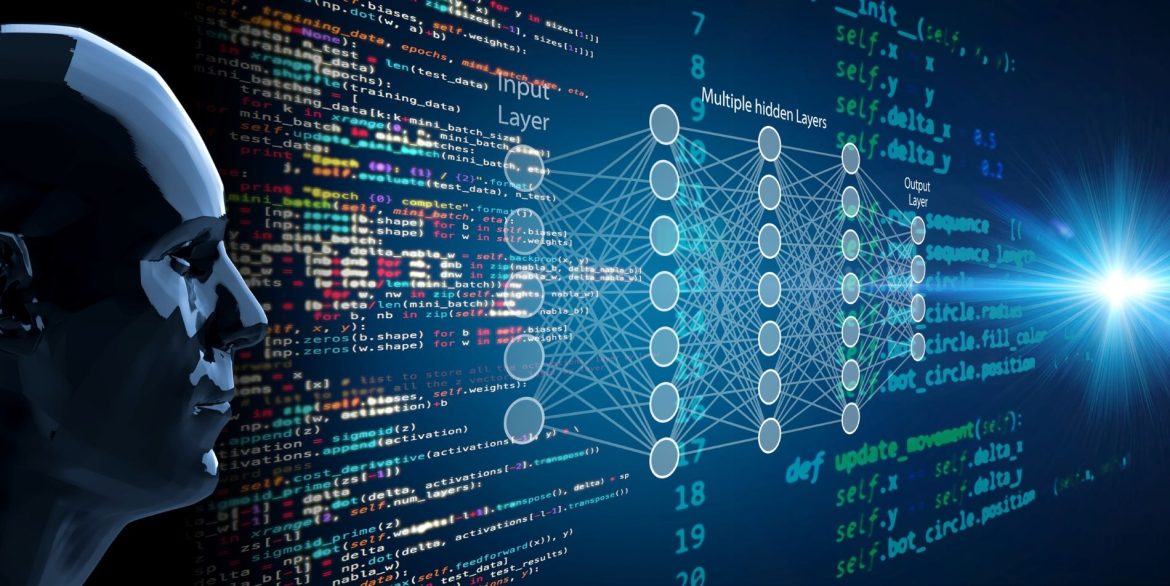Introduction to Deep Learning in Image Recognition
In recent years, deep learning has revolutionized the field of image recognition, enabling machines to perform tasks that were once considered exclusive to human perception. Image recognition, a subset of computer vision, involves the identification and categorization of objects, people, places, and patterns within visual data. Deep learning algorithms, particularly convolutional neural networks (CNNs), have demonstrated remarkable accuracy and efficiency in handling complex image recognition tasks.
Deep learning models are inspired by the structure and function of the human brain’s neural networks. CNNs, in particular, are designed to automatically learn hierarchical representations of features from raw pixel data. These networks consist of multiple layers of interconnected nodes, each layer extracting progressively more abstract features from the input image. Through a process of training on large datasets, deep learning models can effectively discern patterns and features that distinguish one object from another, leading to highly accurate image recognition capabilities.
Key Applications of Deep Learning in Image Recognition
Object Detection and Classification
One of the primary applications of deep learning in image recognition is object detection and classification. This involves identifying specific objects within an image and categorizing them into predefined classes or categories. Deep learning models trained on vast datasets can accurately detect and classify objects with high precision, even amidst varying backgrounds, lighting conditions, and orientations. Applications range from autonomous driving, where vehicles must recognize pedestrians, traffic signs, and other vehicles, to surveillance systems, where security cameras detect and identify suspicious activities or intruders.
Facial Recognition and Biometrics
Facial recognition is another prominent application of deep learning in image recognition. Deep learning algorithms can analyze facial features and patterns, allowing for the identification and verification of individuals within images or video streams. This technology finds applications in security systems, access control, and personalized user experiences, such as unlocking smartphones or authorizing digital transactions. Additionally, deep learning models can perform facial attribute analysis, such as age estimation, gender recognition, and emotion detection, facilitating personalized marketing and content recommendation strategies.
Medical Imaging and Diagnostics
Deep learning has made significant strides in medical imaging and diagnostics, revolutionizing the way healthcare professionals analyze and interpret medical images. Deep learning models trained on vast repositories of medical imaging data can assist in the detection, diagnosis, and prognosis of various diseases and conditions. From identifying abnormalities in X-rays, CT scans, and MRIs to segmenting organs and tumors for surgical planning, deep learning-based image recognition systems enhance the accuracy and efficiency of medical diagnosis and treatment.
Autonomous Vehicles and Robotics
Autonomous vehicles and robots rely heavily on deep learning for perception and decision-making tasks, including image recognition. Cameras mounted on vehicles capture real-time images of the surrounding environment, which deep learning algorithms analyze to detect and identify objects, pedestrians, traffic signs, and lane markings. This information is crucial for navigation, obstacle avoidance, and safe operation of autonomous systems. Deep learning-powered image recognition also plays a vital role in industrial robotics, enabling robots to recognize and manipulate objects in complex manufacturing environments.
Challenges and Future Directions
Despite the impressive progress in deep learning-based image recognition, several challenges remain to be addressed. One significant challenge is the need for large annotated datasets to train robust and generalizable models. Annotated data is essential for teaching deep learning algorithms to recognize diverse objects and patterns accurately. Additionally, issues such as data bias, adversarial attacks, and ethical considerations surrounding privacy and surveillance pose ongoing challenges for the widespread adoption of image recognition technologies.
Looking ahead, future research in deep learning for image recognition is likely to focus on addressing these challenges while exploring new frontiers. Advancements in reinforcement learning, unsupervised learning, and multimodal learning are expected to further improve the capabilities of image recognition systems. Additionally, the integration of domain knowledge, such as physics-based constraints and semantic reasoning, may enhance the interpretability and robustness of deep learning models in real-world applications.
In conclusion, deep learning has emerged as a powerful tool for image recognition, with diverse applications across various domains. From object detection and classification to medical imaging and autonomous vehicles, deep learning-based image recognition systems continue to push the boundaries of what is possible, paving the way for a future where machines perceive and understand visual information with human-like accuracy and efficiency.

